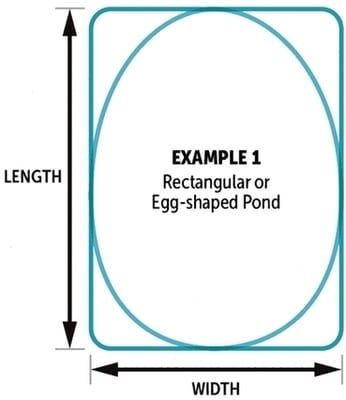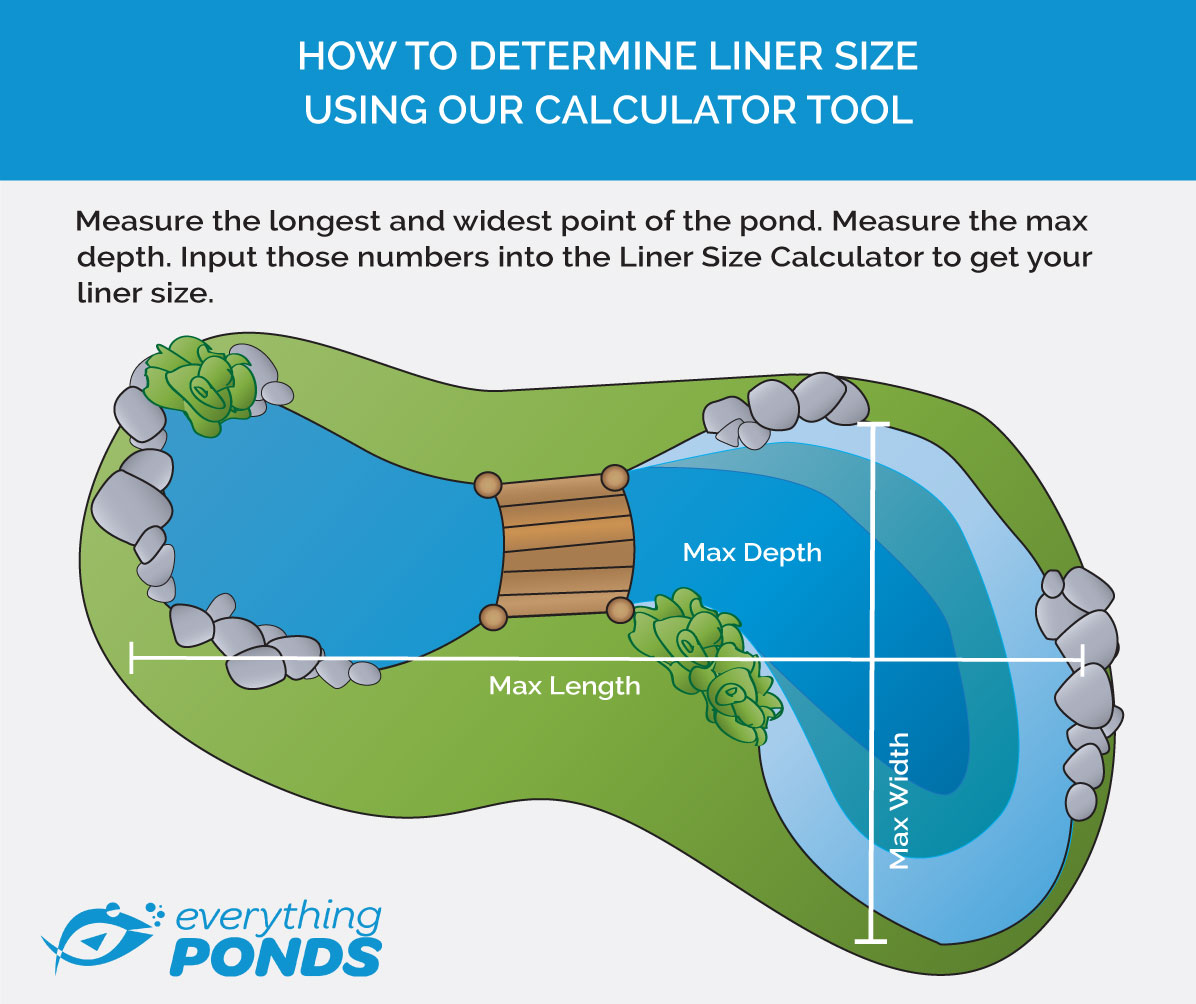Welcome to our comprehensive guide on how to measure a pond. Whether you are a homeowner, a landscaper, or a pond enthusiast, knowing how to accurately measure your pond is essential for various reasons. From calculating the volume of water needed to fill it to determining the right size of a pond liner, proper measurements are crucial for successful pond planning and maintenance. In this article, we will explore step-by-step instructions on how to measure a pond accurately.

Credit: www.gordonsusa.com
Tools Needed:
- Measuring Tape
- String
- Markers
- Paper
- Calculator

Credit: www.everything-ponds.com
Step 1: Determine the Shape of Your Pond
Before you start measuring, identify the shape of your pond. Ponds can come in various shapes such as circular, oval, rectangular, or irregular. Understanding the shape will help you choose the appropriate method for measuring.
Step 2: Measure the Length and Width
For a rectangular or square pond, use a measuring tape to measure the length and width of the pond. Start from one end and measure straight across to the opposite end for both the length and width.
Step 3: Calculate the Area
To find the area of a rectangular pond, multiply the length by the width. The formula for calculating the area of a rectangle is: Area = Length x Width.
Step 4: Measure the Depth
To measure the depth of the pond accurately, tie a weight to a string and lower it into the water. Mark the string at the water’s surface level and then measure the length from the weight to the surface. This measurement represents the depth of the pond.
Step 5: Calculate the Volume
To determine the volume of water in your pond, multiply the surface area by the depth. The formula for calculating the volume of a rectangular pond is: Volume = Area x Depth.
Step 6: Adjust for Irregular Shapes
If your pond has an irregular shape, divide it into smaller sections that are easier to measure. Calculate the area and depth for each section, then add the volumes together to get the total volume of the pond.
Step 7: Consider Safety Measures
When measuring a pond, always prioritize safety. Be cautious around water, especially if you need to enter the pond for measurements. Use appropriate safety gear and never measure a pond alone, especially if it involves deep or murky water.
Step 8: Document Your Measurements
Record all your measurements accurately on paper or digitally. Having a detailed record of the pond’s dimensions will be helpful for future reference, maintenance, and any modifications you may want to make.
Step 9: Seek Professional Help if Needed
If you are unsure about measuring your pond accurately or if you have a large or complex pond, consider consulting a professional pond designer or landscaper. They can provide expert advice and ensure precise measurements for your project.
Conclusion
Measuring a pond is a crucial step in pond planning and maintenance. By following the steps outlined in this guide, you can accurately measure your pond’s dimensions, calculate its volume, and ensure proper care and maintenance. Remember to prioritize safety, document your measurements, and seek professional help if needed for a successful pond project.


